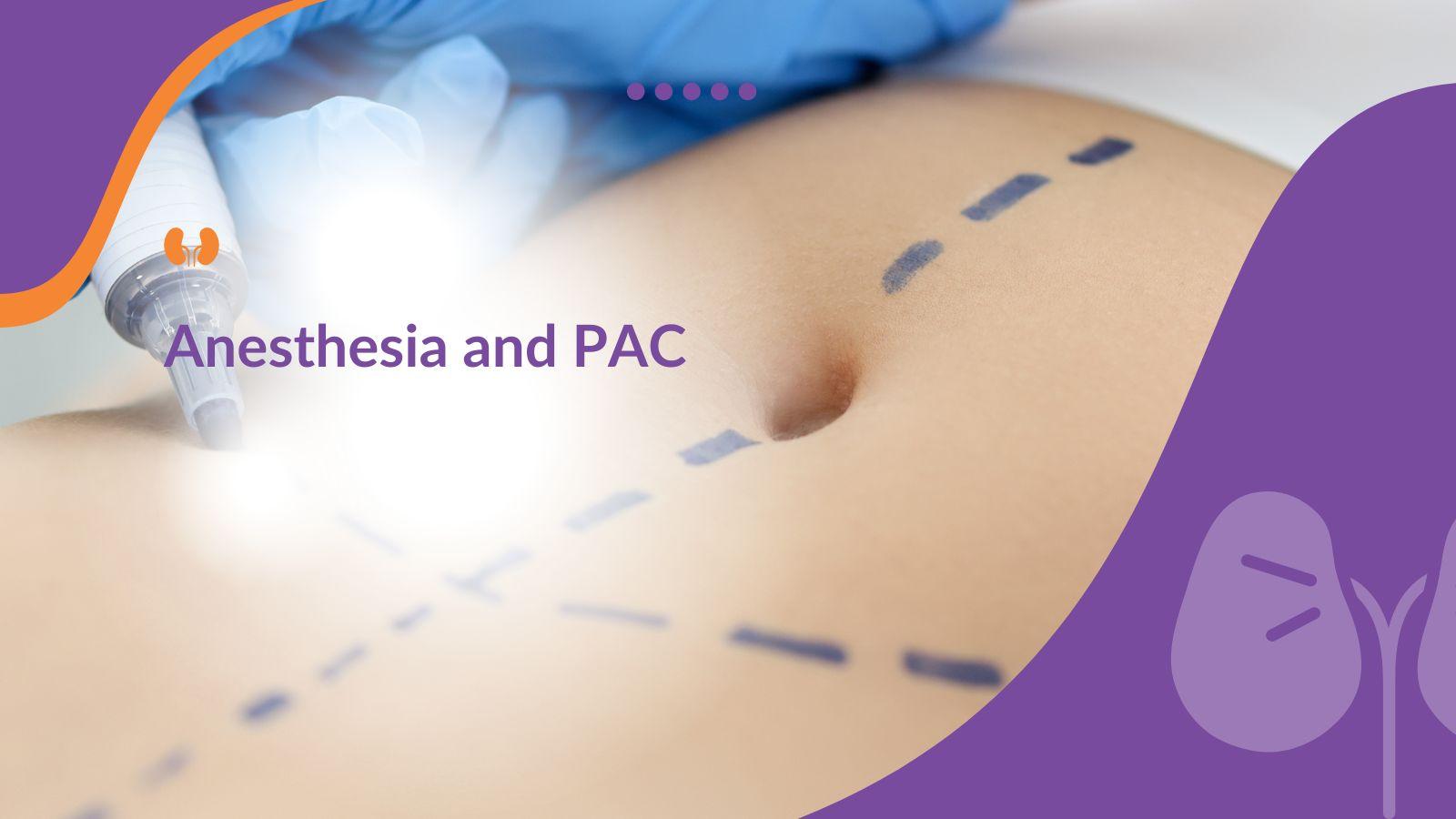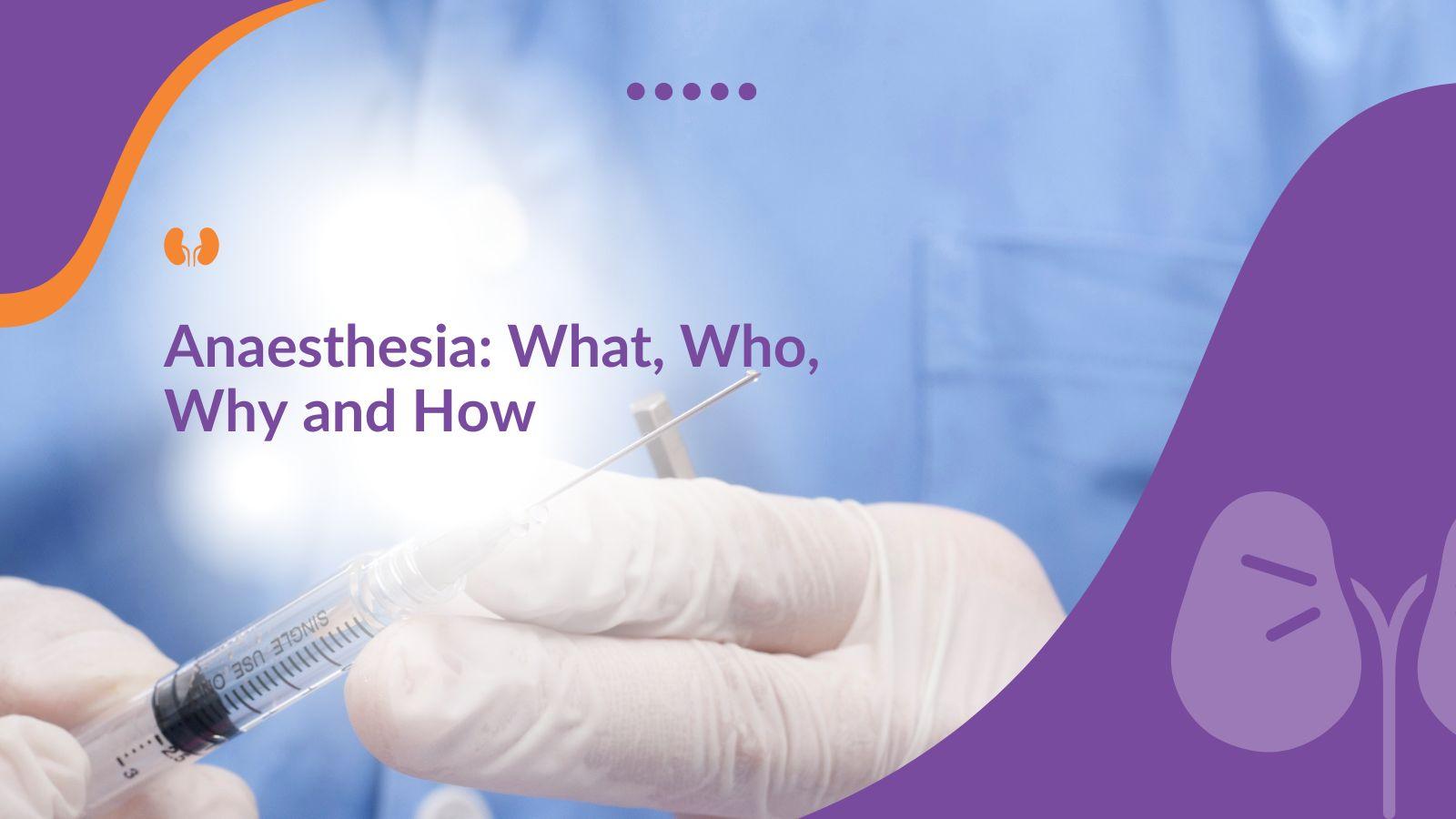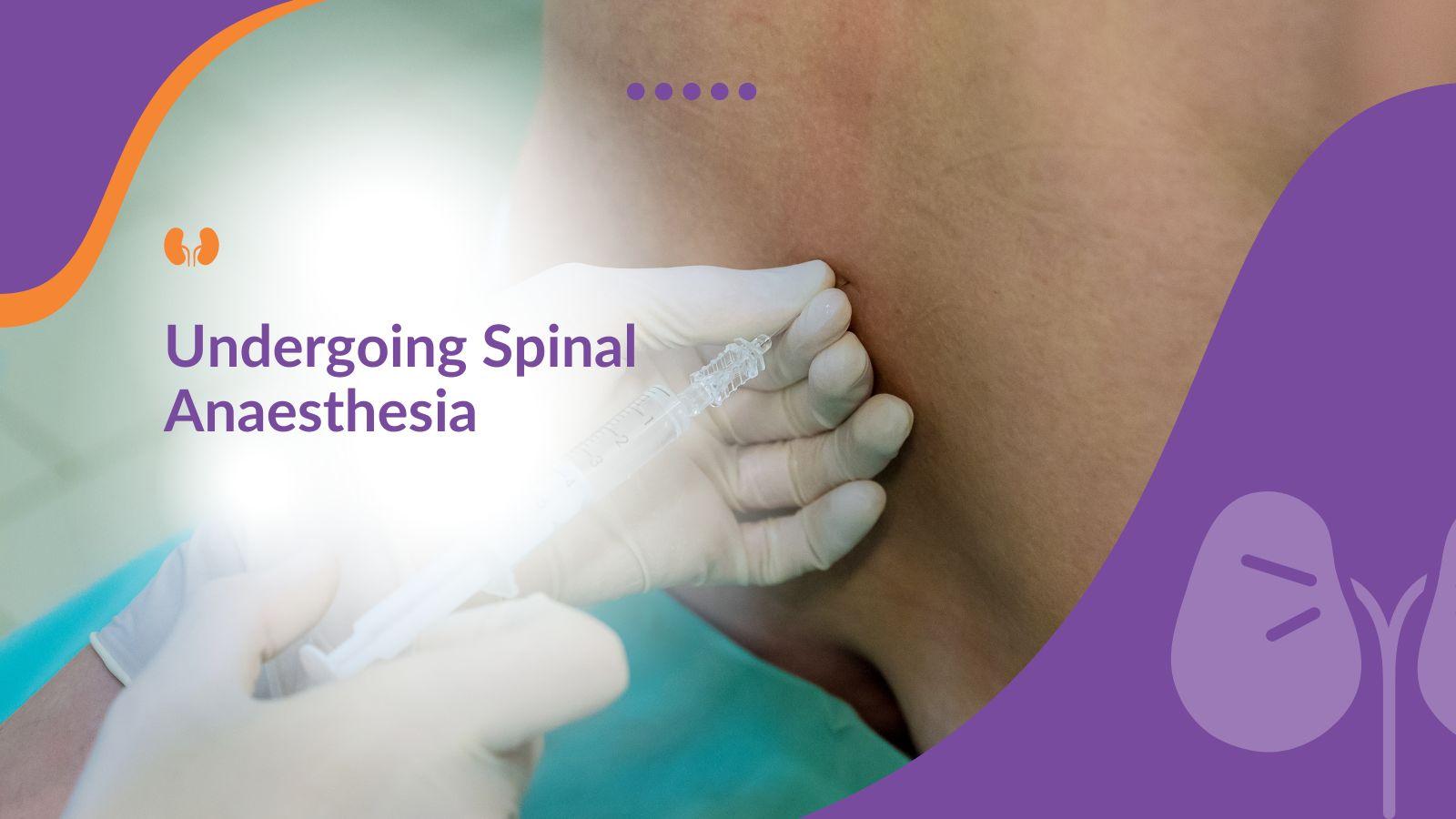Anaesthesia and PAC
Anaesthesia and PAC
What is Anaesthesia?
The word “anaesthesia” means “loss of sensation”. Anaesthesia can range from the loss of sensation in a small body part like a finger after injecting a local anaesthetic, to the lower half of the body after an injection given in the back, to sedation after some drugs injected into the body to the complete unconsciousness that is a part of general anaesthesia. Anaesthetic drugs stop the brain from responding to sensory messages travelling from the nerves in the body.
Local anaesthetic (LA) drugs make parts of the body “numb” by...







